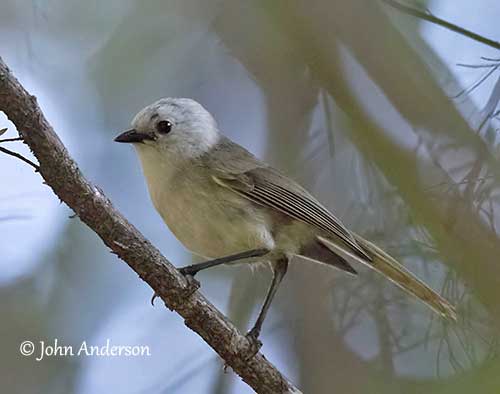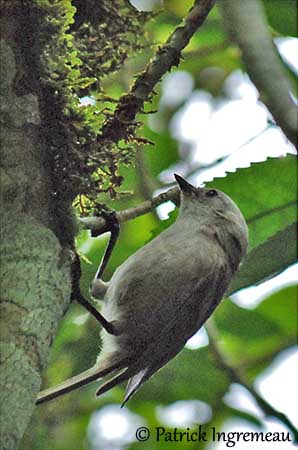
Photographers:
John Anderson
John Anderson Photo Galleries
Patrick Ingremeau
TAMANDUA
Simon Tan
PBase Bird galleries
Text by Nicole Bouglouan
Sources:
HANDBOOK OF THE BIRDS OF THE WORLD Vol 12 by Josep del Hoyo-Andrew Elliott-David Christie - Lynx Edicions - ISBN: 8496553423
KNOW YOUR NEW ZEALAND BIRDS by Lynnette Moon - New Holland Publishers – ISBN: 1869660897
BirdLife International (BirdLife International)
New Zealand bird status between 2008 and 2012
Te Ara – The Encyclopedia of New Zealand
Sci-News.com - Ornithologists Describe New Songbird Family from New Zealand
MOHOUIDAE FAMILY
Whitehead, Yellowhead and Pipipi (New Zealand Brown Creeper)
The family Mohouidae is a new family including three New Zealand songbird species. These birds exhibit a common morphological feature: they have long, strong legs and feet, well-adapted to their acrobatic foraging behaviour. They are forest arboreal species, living and foraging in tall native forests and other exotic plantations. Deforestation and introduced predators are major threats for these birds. Their range is now reduced, involving decrease of the populations of each species. Reintroduction into adjacent islands from remaining natural populations allowed some increase of the numbers, and conservation measures and predator control are underway. Today, only the Yellowhead is listed as Endangered.
They are very different in plumage colour, with the whitish/brown Whitehead, the bright yellow/olive Yellowhead, and the cryptic reddish-brown Pipipi or New Zealand Brown Creeper, and both sexes are almost similar. The juveniles resemble adults but are duller.

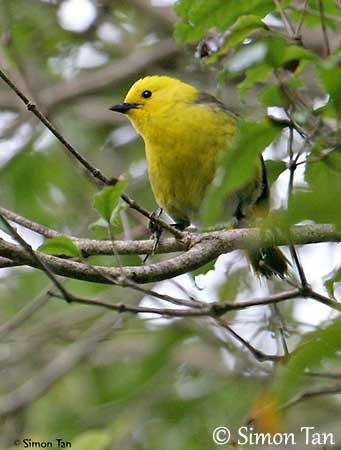
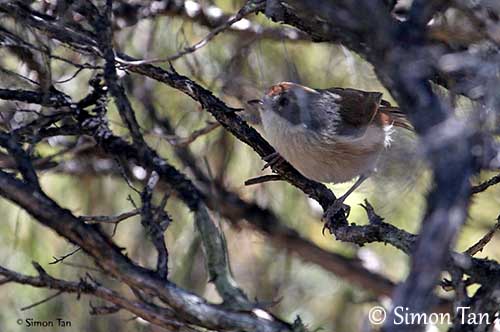
The Whitehead is found in some parts of North Island, and has been reintroduced into offshore islands. However, two natural populations are present in North Island. It is fairly common in its habitat, native forest, pine forest, scrub and shrubland.
The Yellowhead occurs in South Island where it frequents beech forest. Like the previous, it has been reintroduced into several islands in Southern New Zealand. It frequents large patches of beech forest with open understorey. This species is listed as Endangered.
The Pipipi or New Zealand Brown Creeper is found in South Island and Stewart Island, and some adjacent offshore islands. Like the two other species, it frequents tall native beech forest and Pinus plantations.
This wooded habitat provides them food, shelter and nest-sites. They feed in the forest canopy, gleaning invertebrates from leaves and branches, removing pieces of loose bark to reach the hidden insects, and hanging upside down while foraging along the branches. The tail is used as additional support.

Outside the breeding season, both Whitehead and Pipipi or New Zealand Brown Creeperform small groups of 3/12 individuals, whereas the Yellowhead has larger flock of 3/40 birds, but numbers may vary and all often join mixed-species foraging flocks. They forage at all levels of the forest, but rarely on the ground. Various invertebrates such as insects, caterpillars, moths and spiders are taken. During autumn, they occasionally feed on fruits.
The Mohouidae are monogamous, but except the Pipipi or New Zealand Brown Creeper, the two others may have one or several helpers, usually young from the previous year. Courtship displays involve some chases between mates, postures and movements with spread, quivering wings and fanned tail, and courtship feeding.
They are territorial during the breeding season, and some disputes or even physical conflicts accompanied by songs and calls may occur between neighbours. Yellowheads are known to mob predators.
Chattering sounds, metallic calls, melodious trills and short contact calls are usually uttered by these birds. Duets between mates can be heard too.
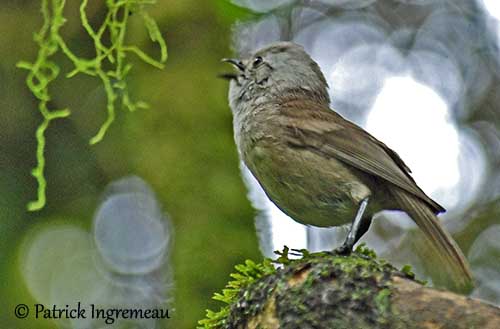
They are sedentary and only perform some altitudinal movements, reaching the lower areas in winter.
They are very agile when foraging among the foliage, but they are reluctant fliers.
The breeding season takes place between September-October and January-February. The female builds the nest, a cup-shaped structure made with plant materials such as grass, bark, moss, rootlets, bound together with spider web. The cup is lined with soft materials, often wool, feathers or grass. However, the Yellowhead builds the nest in tree cavity whereas the two others place the nest in tree fork, in the canopy foliage or in shrubs.
The female lays usually 2-4 eggs and incubates alone during 18-20 days. When helpers are present, they help the pair to feed the young. They fledge about 20 days after hatching but they still depend on parents and helpers for some weeks after fledging. Two broods are often produced.
The nests of the three species are often parasitized by the Long-tailed Cuckoo (Eudynamys taitensis). Unfortunately, the cuckoo chick ejects the eggs or the chicks of the host, and it is raised alone by its foster parents.
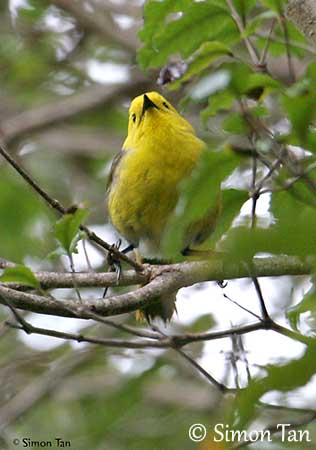
The three Mohouidae are vulnerable to predation by introduced rats and stoats, and the clearance of forest reduced their habitat. They are patchily distributed through the range, including several offshore islands where successful reintroductions allowed some increase of numbers.
Currently, several islands are free of predators and small populations are slowly increasing. They are established in protected reserves where the control of rat and stoat populations is managed.
The Whitehead and the Pipipi or New Zealand Brown Creeper are evaluated as Least Concern, but the Yellowhead is listed as Endangered.
The family Mohouidae includes only New Zealand endemic bird species in the order Passeriformes. This new family enhances the level of New Zealand’s biodiversity with high levels of endemism.
